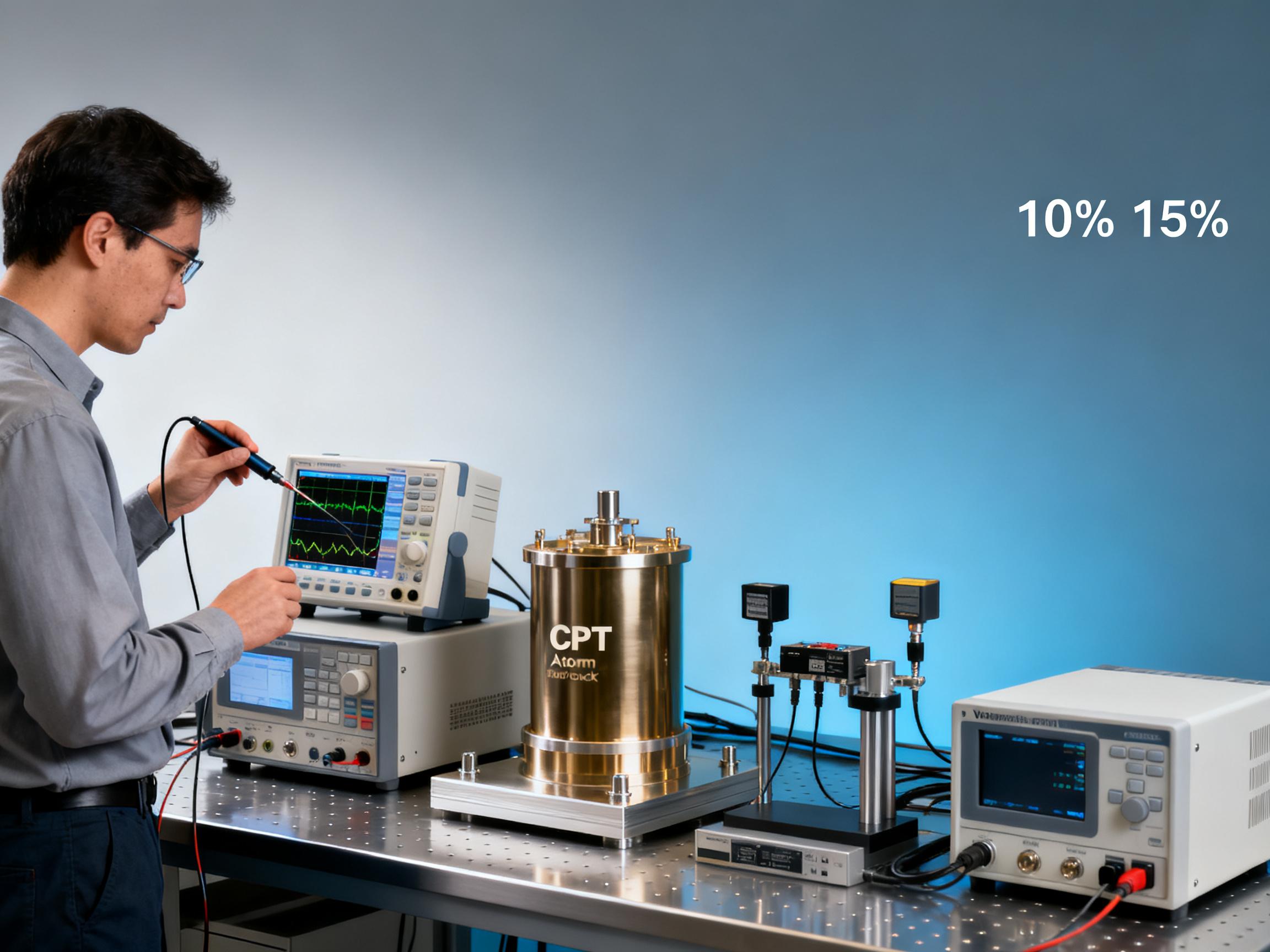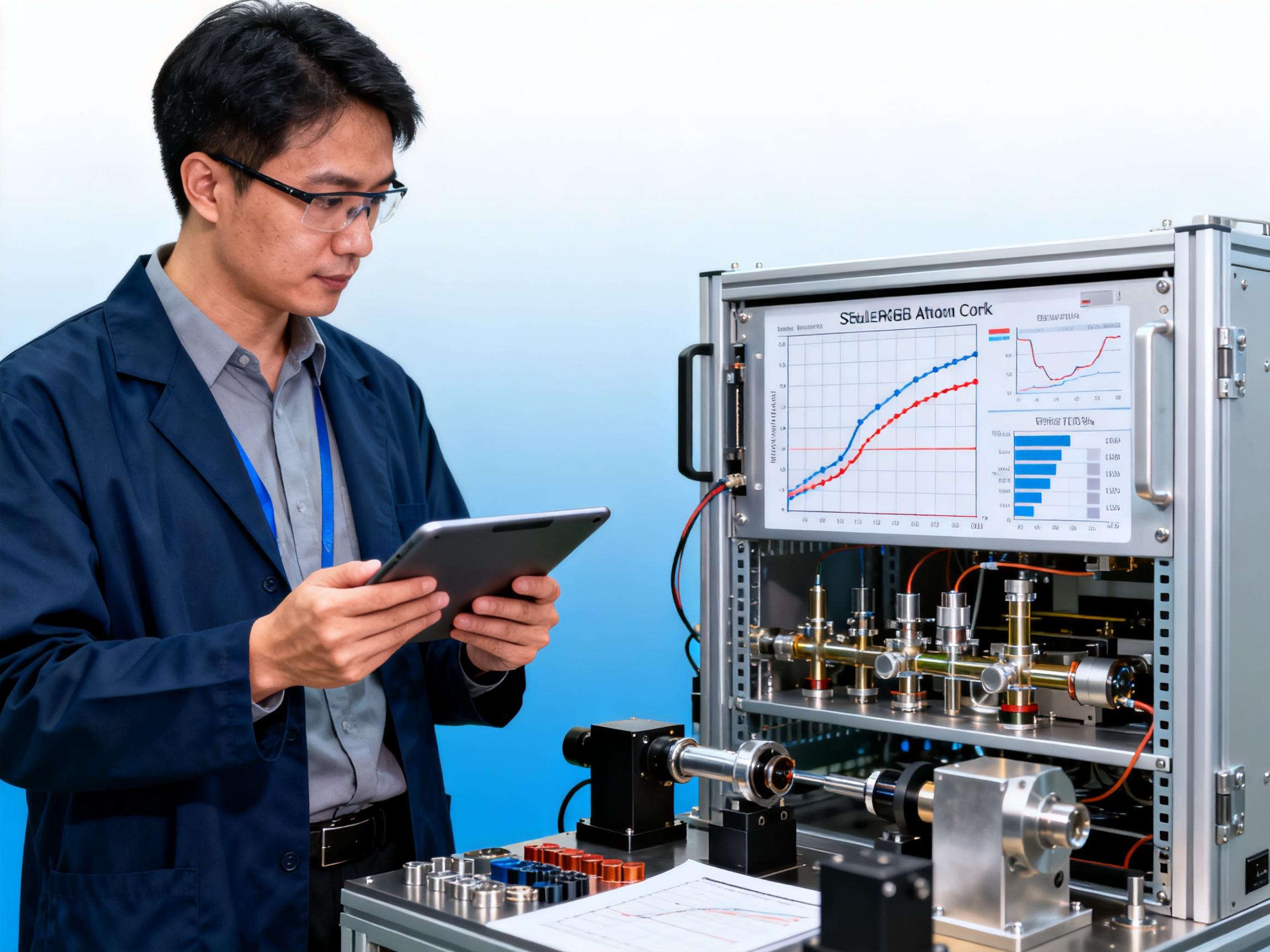RELATED
![How CPT Atomic Clocks Reduce OPEX in 5G Base Stations [Real Data] How CPT Atomic Clocks Reduce OPEX in 5G Base Stations [Real Data]](https://usimg.bjyyb.net/grey.png?x-oss-process=image/resize,m_fixed,w_800,h_600,limit_0) How CPT Atomic Clocks Reduce OPEX in 5G Base Stations [Real Data]2025-12-11
How CPT Atomic Clocks Reduce OPEX in 5G Base Stations [Real Data]2025-12-11 2024 CPT Atomic Clock vs Rubidium: Which Offers Better Stability for Telecom Networks?2025-12-08
2024 CPT Atomic Clock vs Rubidium: Which Offers Better Stability for Telecom Networks?2025-12-08 Live Demo Results: CPT Atomic Clock Performance Under Harsh Environmental Tests (Data Inside)2025-12-05
Live Demo Results: CPT Atomic Clock Performance Under Harsh Environmental Tests (Data Inside)2025-12-05 Budgeting for Precision: Total Cost of Ownership for a Rubidium Atomic Clock Over 5 Years2025-12-03
Budgeting for Precision: Total Cost of Ownership for a Rubidium Atomic Clock Over 5 Years2025-12-03
MESSAGE
Researchers have taken a crucial step towards establishing a new global time standard by comparing optical clocks across thousands of kilometers in six countries.
Helen Margolis, head of time and frequency at the National Physical Laboratory in the UK, pointed out: "The precise time and frequency signals provided by atomic clocks are vital for many everyday technologies, such as the Global Positioning System, power grid management and the synchronization of financial transactions."
"Our findings can help improve the performance of the next generation of optical clocks, which will make全新的应用 and scientific progress that relies on time and frequency possible," Margolis said.
An optical clock is a type of atomic clock that uses lasers to excite atoms in a controlled manner, causing them to transition between specific energy levels. These transitions occur at extremely precise frequencies, which are equivalent to the "ticks" of an ordinary clock.
Since optical clocks exist in multiple forms, each using different atoms to measure time, it is necessary to compare them over long distances to fully utilize their potential.
In this study, 10 different optical clocks were used simultaneously, and 38 comparisons (frequency ratios) were made. Four of these comparisons were carried out for the first time, and the measurement accuracy of the rest was also much higher than that of previous experiments.
Marco Pizzocaro, a senior researcher at the Italian National Institute of Metrological Research, pointed out: "This kind of measurement provides some crucial information to explain what else needs to be done for optical clocks to achieve the accuracy and reliability required for international timekeeping."
He also emphasized that this experiment demonstrated "how optical clocks across Europe can be connected to measure frequency ratios with the most advanced accuracy" and created a "distributed laboratory".
For decades, the global timekeeping standard has been based on the average of the signals from cesium microwave atomic clocks distributed around the world. However, there have been increasing calls to use optical clocks to redefine the "second" under the International System of Units.
Currently, the accuracy of optical clocks is about 100 times that of cesium atomic clocks. They have extremely high timekeeping accuracy, with an error of no more than 1 second over billions of years.
However, to use them for international timekeeping, it is necessary to compare the data among multiple optical clocks to verify whether they are working properly. This is exactly what this new experiment aimed to accomplish.
Thomas Lindvall, a senior scientist at the Finnish Centre for Metrology, pointed out: "Comparing multiple optical clocks simultaneously and using multiple link technologies can provide more crucial information than the pairwise clock comparisons used before. Through coordinated measurements, consistency can be verified and more reliable information can be obtained. These results help to determine which optical clock or clocks should be used in the new definition of the'second'."
To conduct this study, scientists had to connect the frequency signals from different optical clock systems. They used two methods: radio signals from satellites and lasers transmitted through optical fibers.
The data analysis work also posed challenges for the scientists. Rachel Godun, a scientist at the National Physical Laboratory in the UK, said: "Not all the results were as we expected, and we observed some inconsistencies in the measurement results. However, comparing so many optical clocks simultaneously and using multiple techniques to connect them made it easier to identify the root cause of the problems."
This experiment also identified some areas that require further research. For example, to confirm that all optical clocks are working as expected, it is necessary to reduce the measurement uncertainty until the accuracy of all clocks reaches the same level. Then the measurements must be repeated to confirm the operational reliability, thereby strengthening confidence in the clocks and links. In addition, several other standards must be met before redefining the "second", one of which is to prove that optical clocks can regularly and continuously contribute to the international time scale.
CONTACT US
Please use the form below to get in touch.
If you need a reply we will get in touch as soon as possible.

![How CPT Atomic Clocks Reduce OPEX in 5G Base Stations [Real Data] How CPT Atomic Clocks Reduce OPEX in 5G Base Stations [Real Data]](https://usimg.bjyyb.net/sites/91500/91958/1765179857856560163985903616.jpeg)



